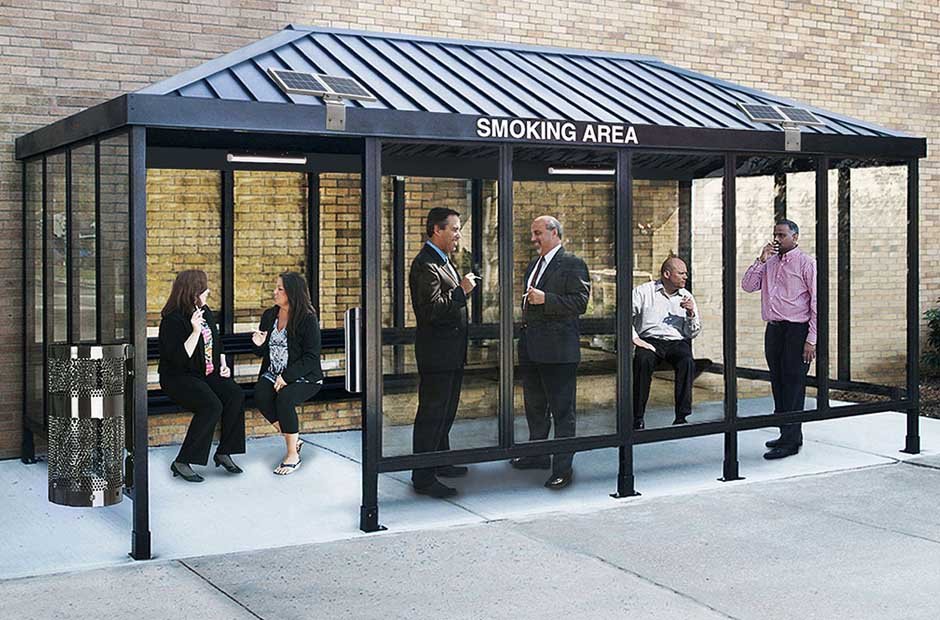In today’s diverse and ever-evolving society, fostering inclusive spaces is an essential part of communal growth. This extends to every aspect of societal interactions, including the spaces where people choose to smoke. Traditionally, the stigma around smoking has led to isolated and inaccessible smoking spaces. However, the shift towards inclusivity has illuminated the importance of revisiting these spaces, such as smoking shelters, and transforming them into areas that are not only respectful of non-smokers but also considerate of smokers’ needs.
The inclusivity of smoking spaces carries a multitude of benefits. Primarily, it reduces the stigma associated with smoking. By providing spaces that are accessible, comfortable, and respectful to all, we can foster a community that does not shame people for their personal choices but rather supports them. This can have a positive impact on smokers, making them feel more accepted and less inclined to hide or feel awkward about their smoking habits.
Inclusive smoking spaces also help to promote a healthier living environment for all. Traditionally, smokers are relegated to hidden corners and isolated spaces, often without proper ventilation. This is not only detrimental to the smoker’s health but can also lead to second-hand smoke exposure for non-smokers. By creating inclusive spaces, we ensure that smokers have a designated area that is equipped with the necessary facilities for smoke extraction and dispersion, reducing the risk of second-hand smoke exposure.
In addition, inclusive smoking spaces can also foster social integration. Given that smoking is often a social activity, inclusive spaces can act as social hubs where people from different walks of life can interact and engage in conversation. This promotes a more inclusive society and bridges the gap between smokers and non-smokers, creating a community that is harmonious and accepting.
However, the creation of inclusive smoking spaces should not disregard the needs and comfort of non-smokers. It is crucial to strike a balanced approach, ensuring that smokers have their designated areas while non-smokers can continue to enjoy their smoke-free environments. Active consultation and engagement with both smokers and non-smokers can help to achieve this balance and ensure that no one feels excluded or inconvenient.
In essence, building bridges rather than barriers through inclusive smoking spaces is a step forward towards a more accepting and understanding society. While it is important to promote healthy habits and discourage smoking, it is equally important to respect individual choices and provide spaces where everyone, regardless of their personal habits, can feel accepted and included.
In conclusion, the move towards inclusive smoking spaces is not just about reshaping the physical spaces where people smoke. It’s also about reshaping our social attitudes and acceptance towards smokers, reducing stigma, and promoting respect and understanding. So, let’s continue to build bridges, not barriers, and create a society in which everyone, smokers and non-smokers alike, feel included and respected.
















